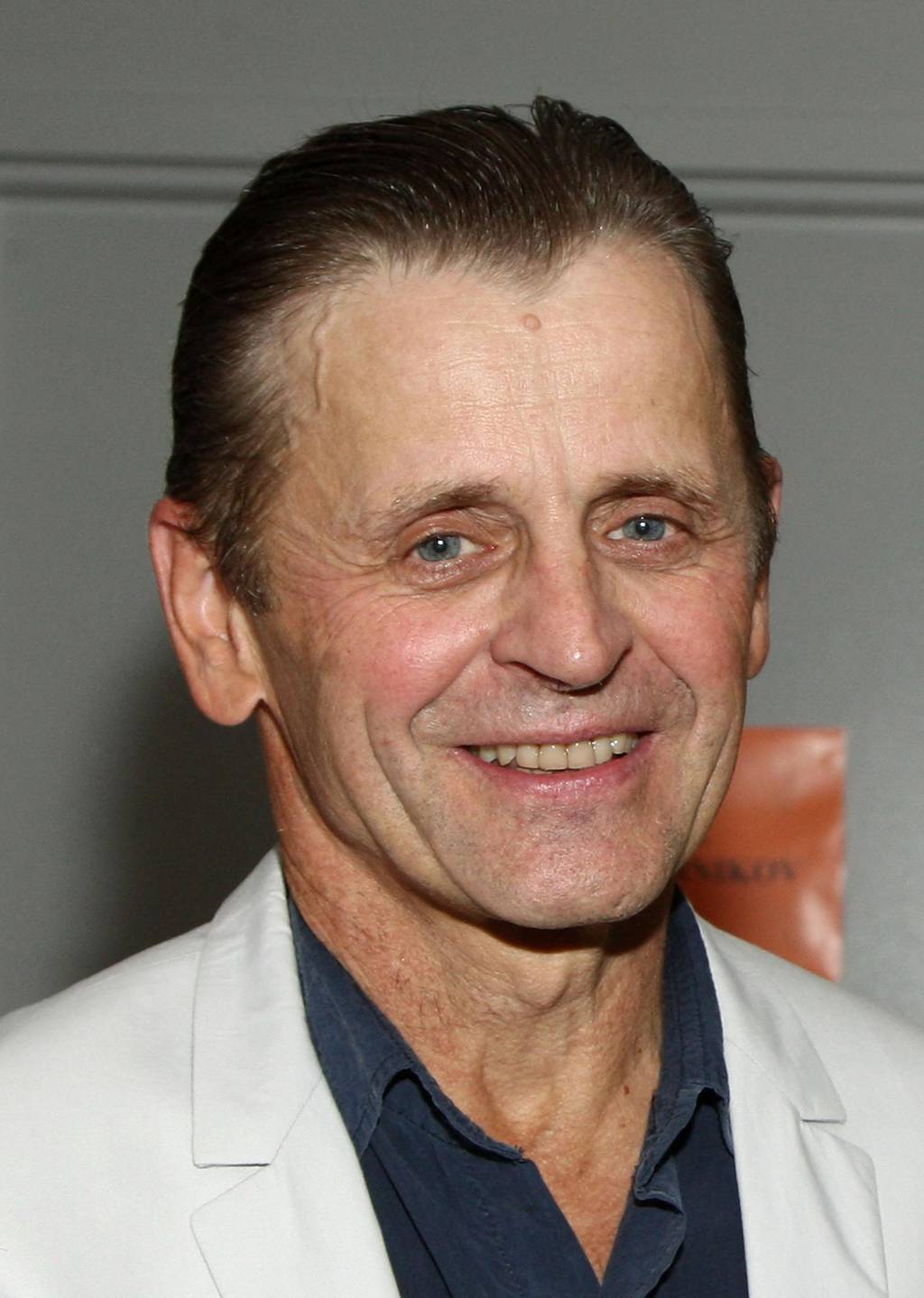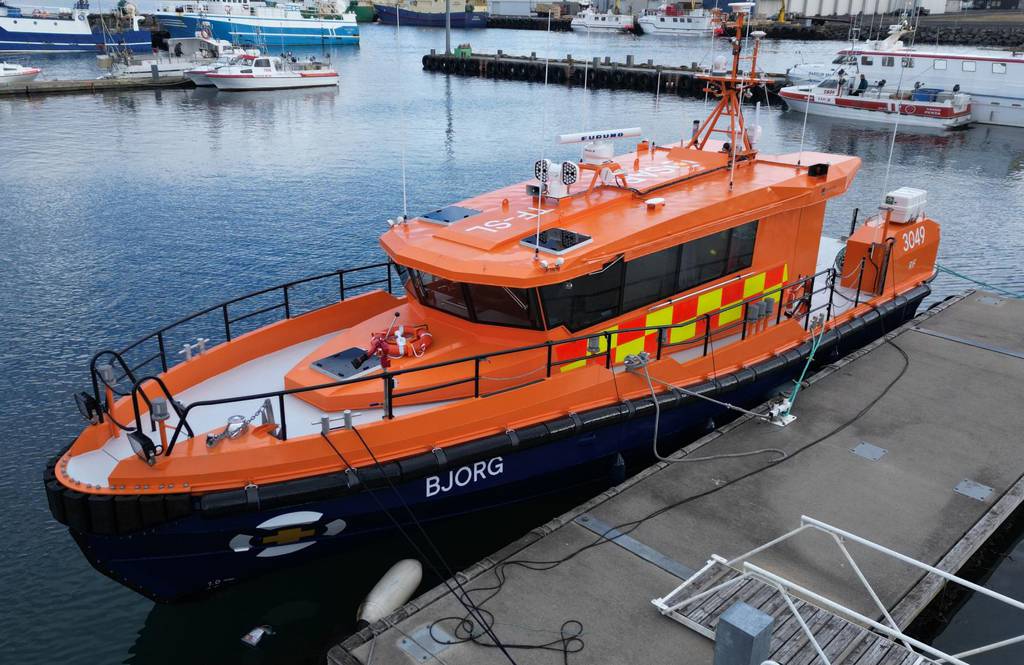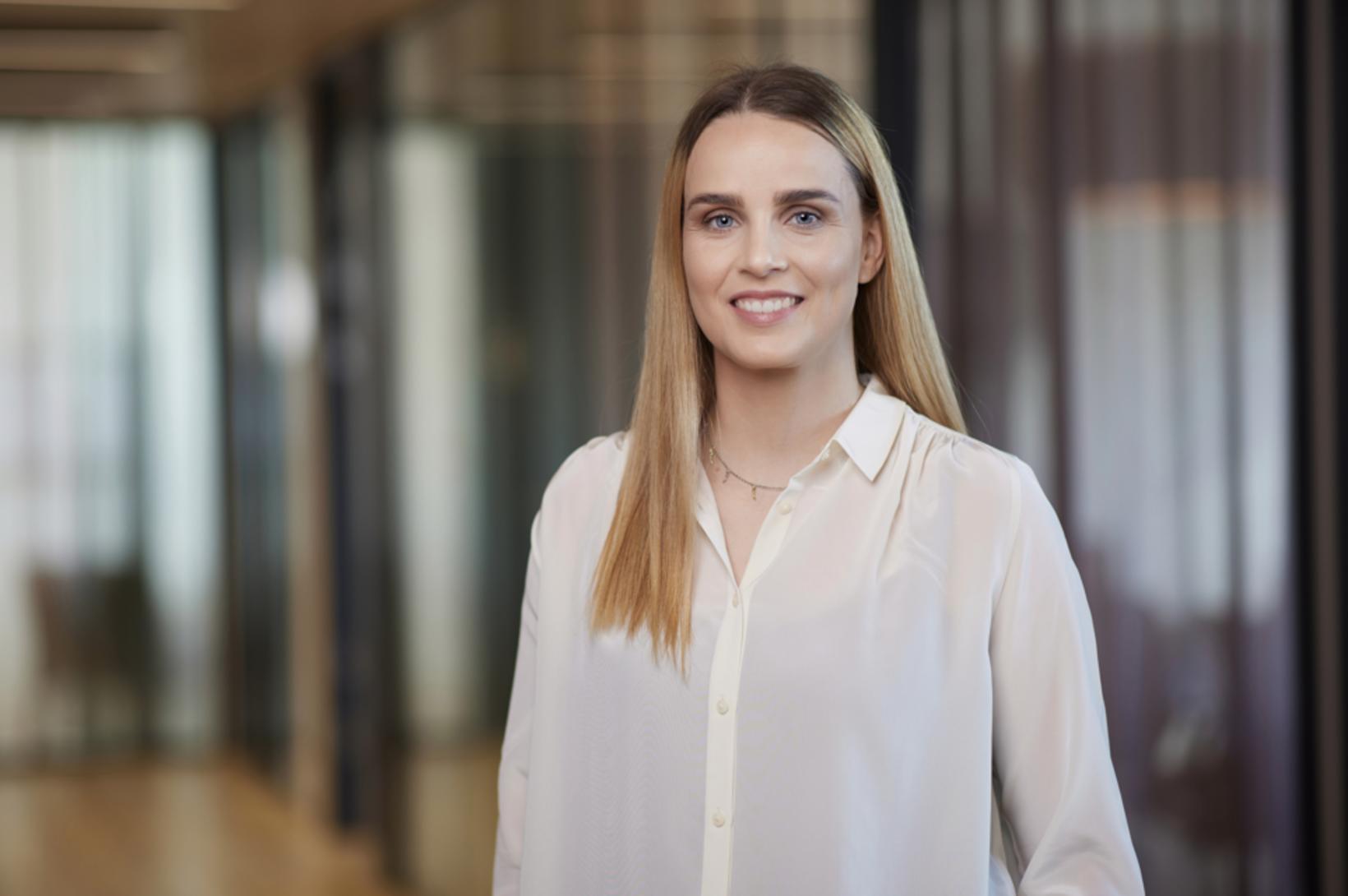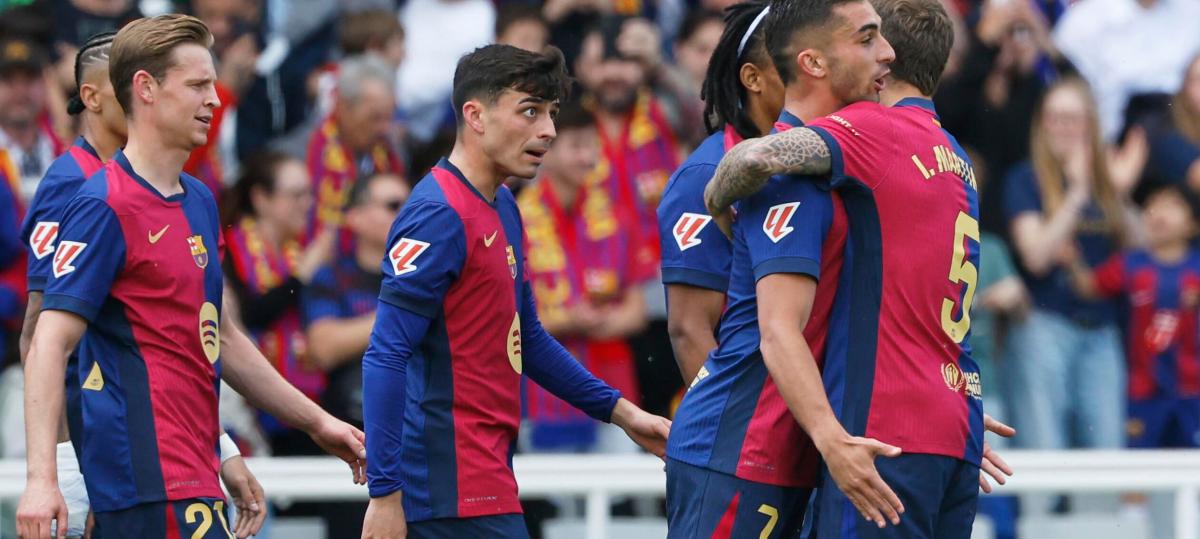« Change the world for the better »
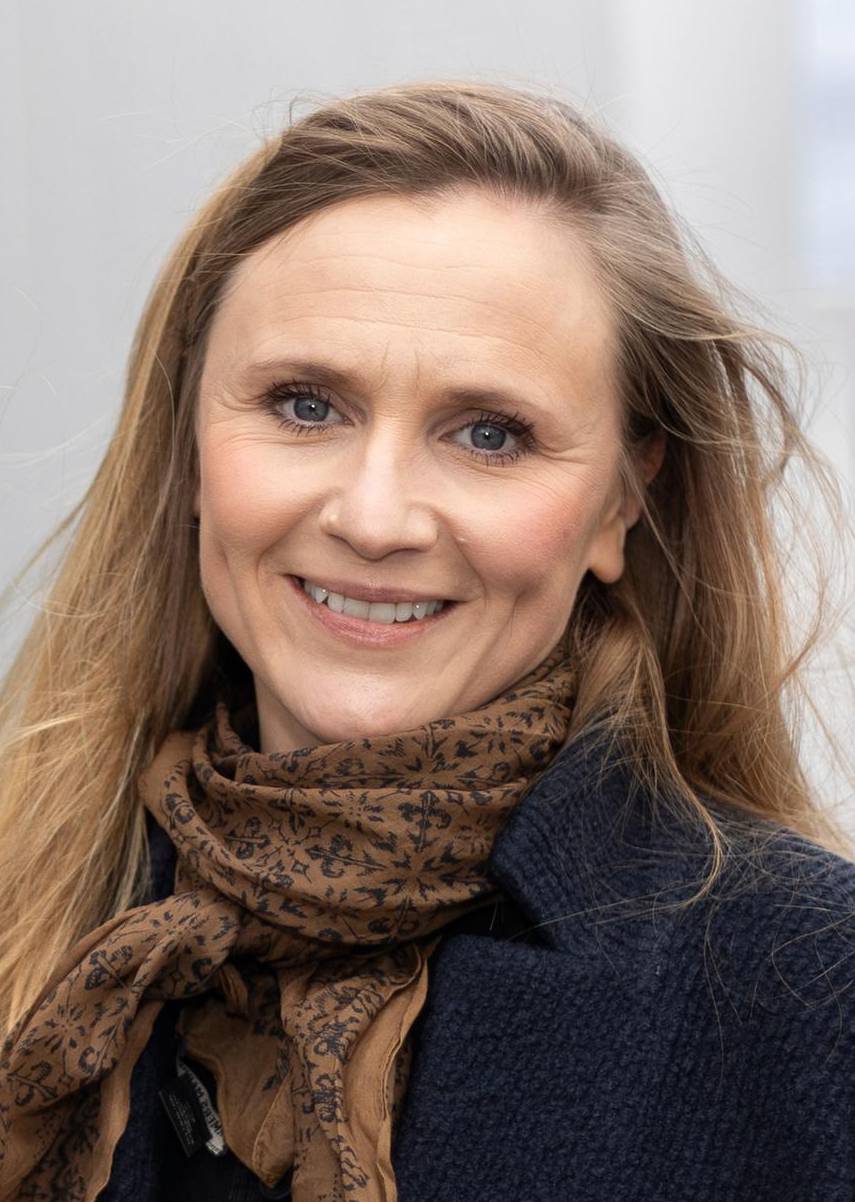
« May the dance change the world for the better, » writes Lovísa Ósk Gunnarsdóttir, dancer, choreographer and newly appointed art dancer of the Icelandic dance party, in a speech she wrote on the occasion of the International Day Day, April 29. Foreign address of the year wrote the dancer and choreographer Mikhail Barysshnikov.
« I have danced since I remember. When I was a baby, my parents danced with me in my lap to soothe her ear inflammation. Countries.
I still remember « is this superman? » The dance in high school, the first cheek dance, the heat on the dance floor at entertainment venues, when I danced from my love, the first dance exam, the first show as a professional dancer, an unexpected kitchen dance with my loved ones, when I was injured and could not dance and when I used the dance to come back. The dance has been a soul mate, an expression of expression, fitness and employment.
When I dance alone at home in the living room, I forget for a moment and place. It decreases in the noise of everyday life and the harassment decreases. I hear better in myself, hear better in my body. I feel the muscles, joints, veins, bones. The breath changes, the blood flows rapidly and the heart strikes the beat. I allow the body to take control and inner life triggers wave movements. Sometimes they are slow and soft, other days vigorous and even harsh. I feel how get rid of the stress and the tension decreases. I merge with the global flow and have a deeper connection to the intuition, the creative power, the heart station and the body. Everything becomes a little clearer, only softer, only more manageable.
When I dance with others, I feel human connection. Reasoning gets to rest and I step into the common flow of body. Body with different experience and history. A body that store deep wisdom and multifaceted information. The body that the dance combines this moment. When I dance in the field, I experience another kind of connection. I find how all perception becomes more sensitive and I experience empowering power when I meet the energy from the audience. My energy and their energy merge and the artwork lives on.
The dance is an international language that can touch the minds and hearts across cultures. Each one has the freedom to understand the artwork in their own way, based on their own experience and background. Thus, there are countless stories and countless connections that form a website far beyond the theater. I have experienced on my own skin of the dance and felt its transformative power. In my mind, the dance is a healing force that can contribute to the unification of a world where fragmentation is becoming more and more problems. I wish the dance to be a bigger part of our lives. I wish the world leaders to have the opportunity to dance as often as possible and thus reach a deeper relationship with their intuition, conscience, compassion and human, alone and with each other. Above all, I wish us all the freedom to dance, anywhere and anytime, ”writes Lovísa.
The dance expresses the inadvertently
« It is often said that dance can express the misunderstanding. Joy, sorrow and despair will be visible; the physical manifestation of our common vulnerability. Starting on the body, on the dance, on the art. Mikhail Barysshnikov writes in his address, which Lilja Björk Haraldsdóttir, chairman of the Association of Icelandic Art Dancers, translated.
Barryshnikov, who was born in Riga and residing in New York, is considered one of the most important dancers of our time. In over 50 years, he has worked with world-renowned dancers and directors in dance and play shows as television and film. In 1969, he won the gold in the first international ballet competition in Moscow, where Helgi Tómasson released the silver. Barryshnikov began his career at the Kirov Ballet in Leníngrad, but ruled as an advantage of the American Ballet Theater (ABT) 1974 and took over as an artistic director in 1980, after a brief touchdown at New York City Ballet. In 1990, he founded in collaboration with Mark Morris dance party White Oak Dance Project with the aim of expanding the repertoire and visibility of American modern dance. In 2005, he set up Barryshnikov Arts in New York, a creative space designed to support diverse artists from around the world.
Barysshnikov played the lead role in the dance film White nights (1985) directed by Taylor Hackford, where his opponents were Ma Gregory Hines, Helen Mirren and Isabella Rossellini, and played the role of Aleksandrs Petrovsky, who was also called Russia, in the television series Sex and the City from 2003-2004.
[email protected]

